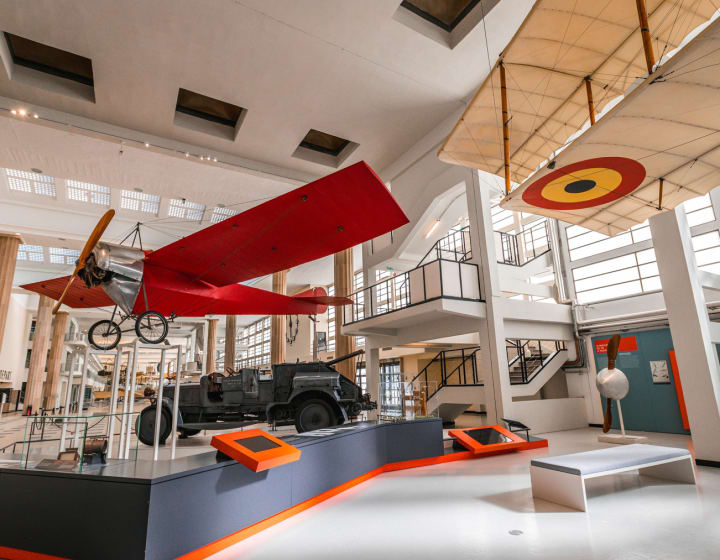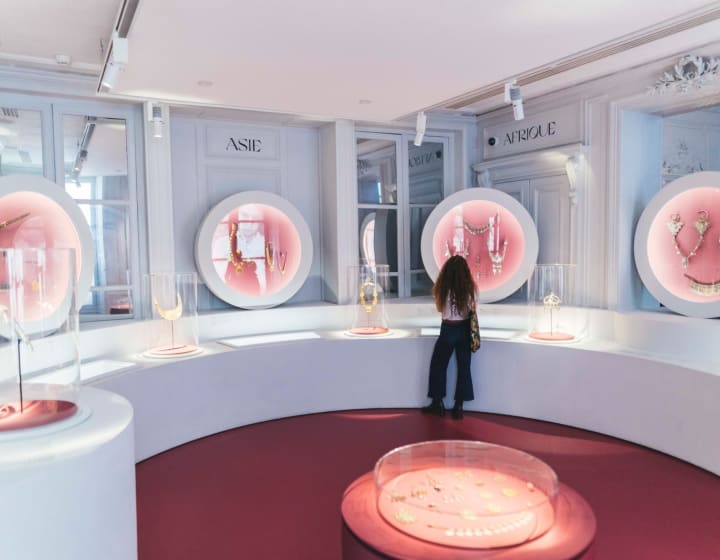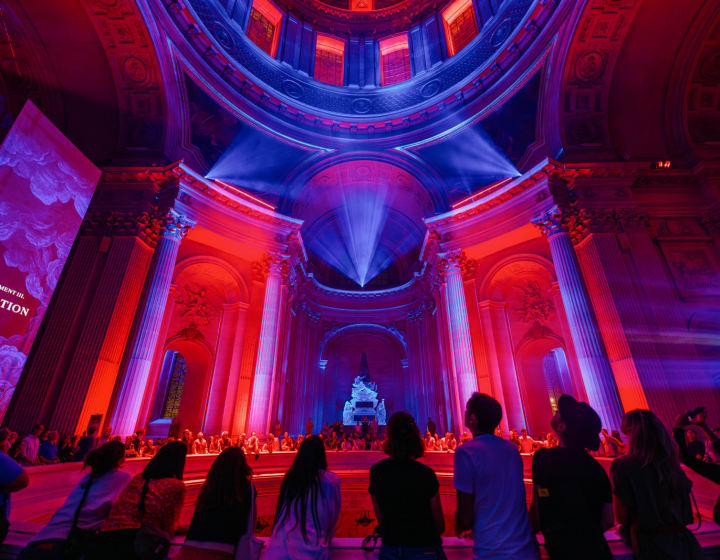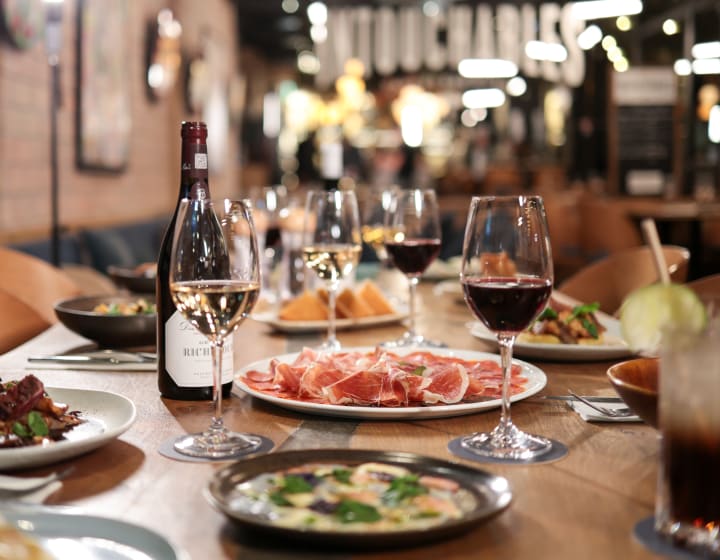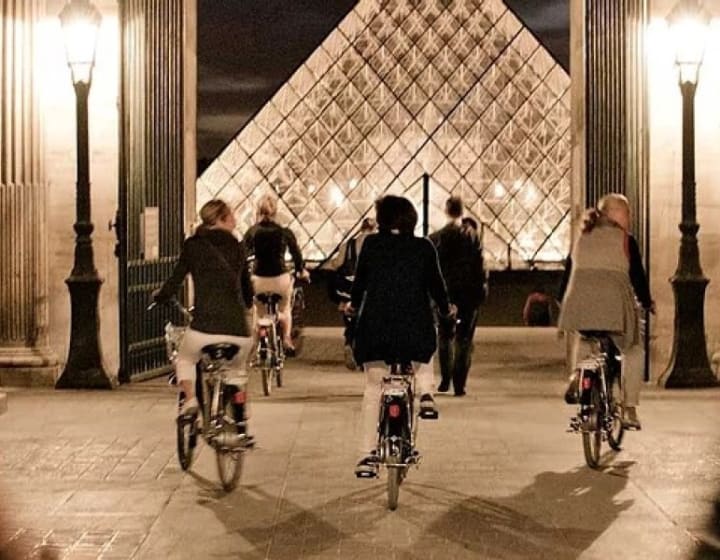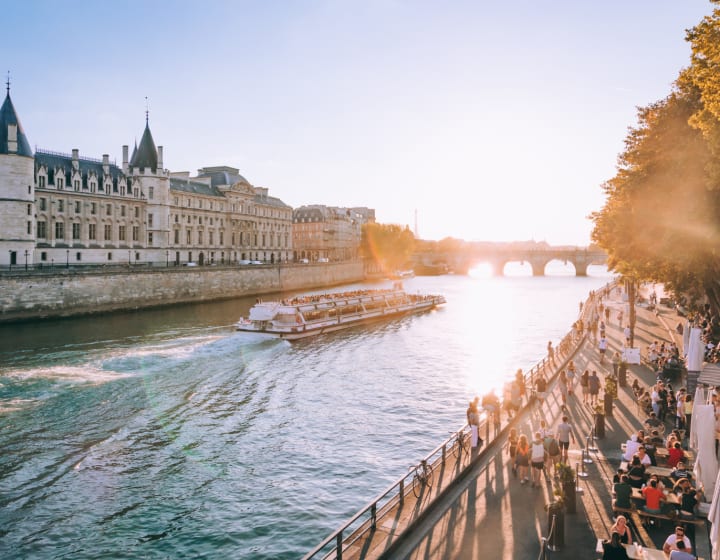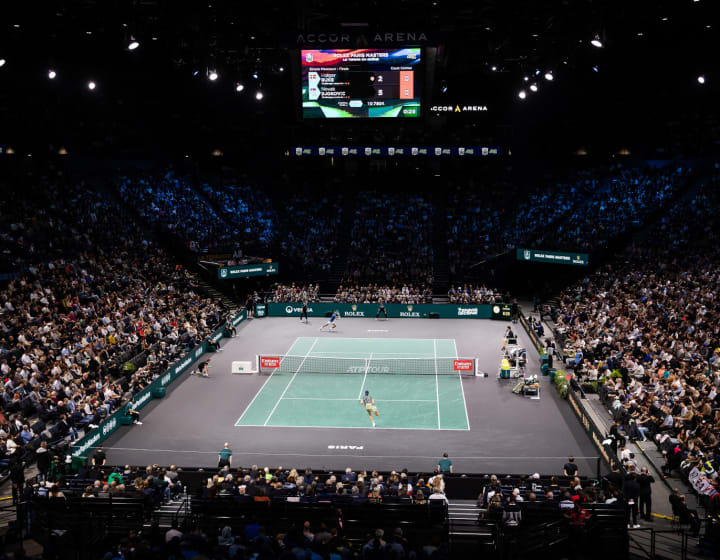Get inspired
To your calendars
From 13/12/2025 to 03/01/2026

The King's Tour
From 13/12/2025 to 07/01/2026

Le Grand Palais des Glaces
Until 08/03/2026

Lantern Festival: Japan in Lights
From 26/12/2025 to 04/01/2026

The Festival du Merveilleux at the Musée des Arts Forains
From 13/12/2025 to 14/12/2025

Noël à Provins
Until 25/12/2025

Christmas market of Notre-Dame
Welcome to the official website of the Paris Region destination. Discover the best of Paris and its region: monuments, shows, exhibitions and sport events, gastronomy and art of living, parks, gardens and forests, shopping spots, and our selection of themed tours to discover Paris Region as you wish.
What's on
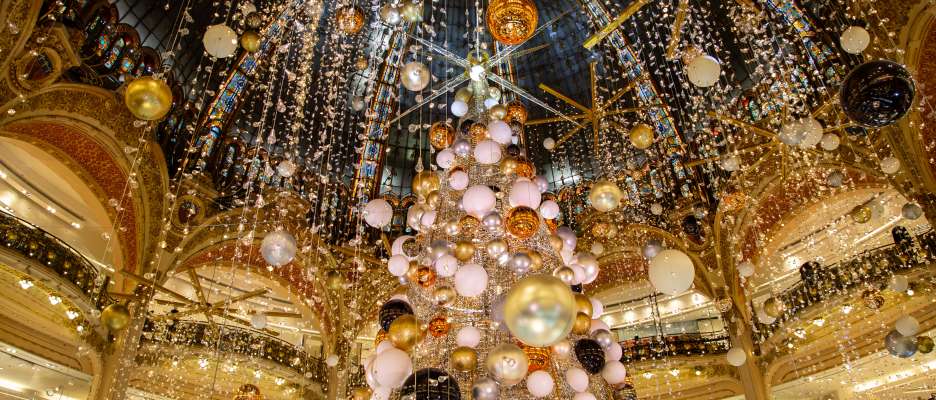
Celebrate Christmas and New Year in Paris Region
Fancy...
- Copyright image: © Guillaume Bontemps/Ville de Paris


